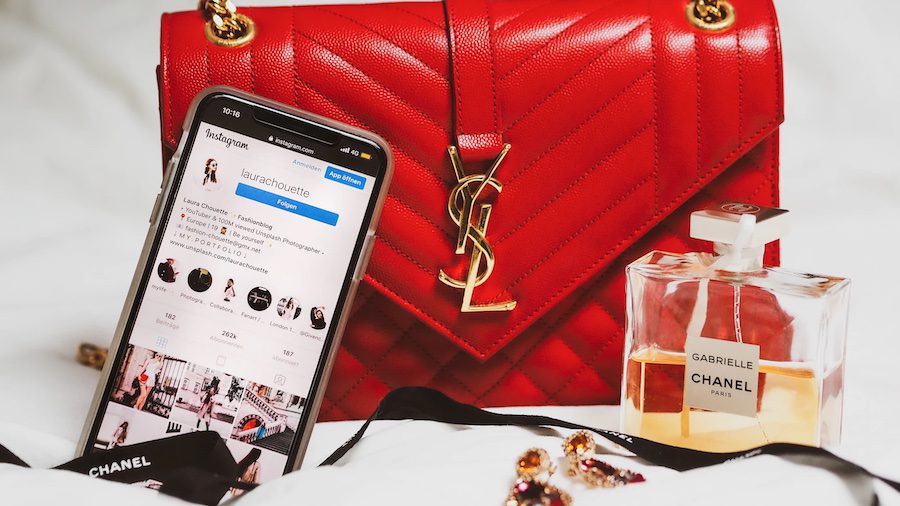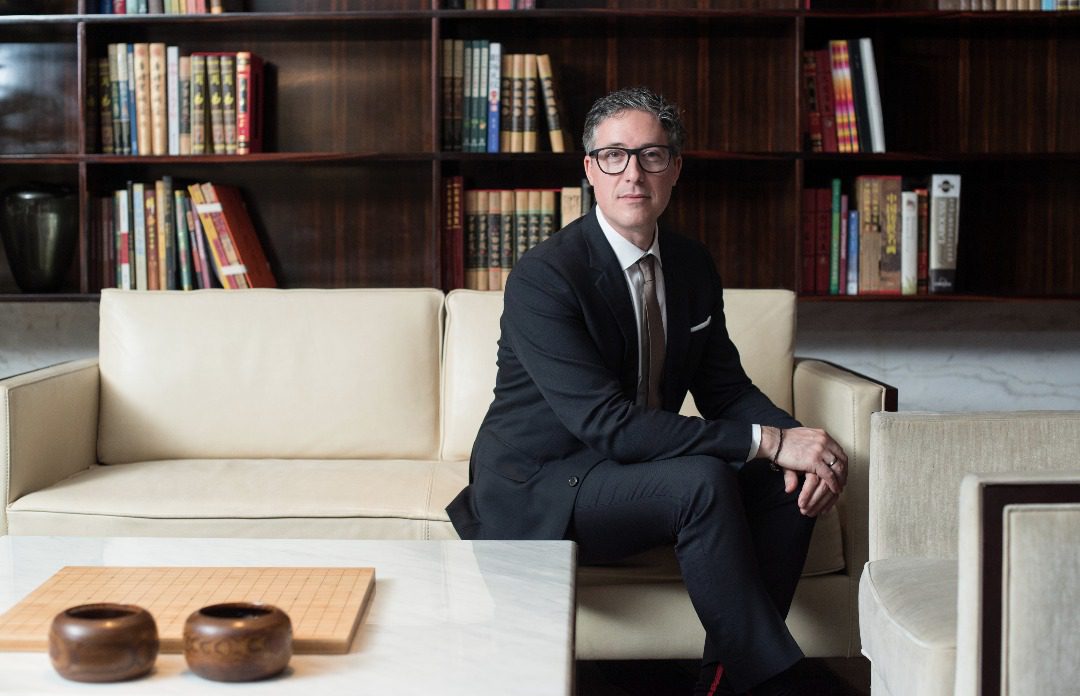The luxury industry has changed dramatically thanks to a new generation of HNW consumers, digital advances and, of course, a worldwide pandemic. To understand more, we speak to IUM professor Matteo Atti.
Matteo Atti began his marketing career in luxury powerhouse Gucci before spending many years marketing luxury brands for HNWIs. He is now EVP of Marketing and Innovation at private aviation company VistaJet, and academic board advisor and professor at the International University of Monaco.
Monaco Life: How has the pandemic changed the spending habits of HNWIs?
Matteo Atti: We have not been through an economic crisis, we have been through a social and health crisis, therefore the spending power of high net worth individuals (HNWIs) has not changed dramatically.
They were, however, limited in their opportunity to spend. The pandemic has had an impact on the channels used to sell luxury products, so there are less in-person experiences and more use of digital channels and tools. This means that there are new systems and flows in the power of influence to make people purchase something. The entire pre-sale part has changed dramatically.
What also changed significantly is that luxury brands had to become part of the new cycle. There have been some big headlines over the past year – politics, pandemics, natural disasters, economic shifts… and all of this meant that there was less space for brands to broadcast their story and talk about themselves.
The new way to approach the market, then, is to create a story that fits into today’s needs. But the needs of the day change every two weeks. At VistaJet, for example, we went from building stories around how we can keep people safe at every stage of travel, to offering free flights for governments and repatriations. And that proved to be an incredible success because people saw us not just as a luxury brand, but a brand that can be part of their lives.
Our strategies change with the latest news. The aim is to be part of the story in a way that doesn’t sound like you are detached from the real world.
Speaking of the real world, people’s sense of social responsibility became stronger because of Covid, and figures show that socially-aware millennials will account for 55% of all luxury brand consumers in 2025. How are luxury brands dealing with this shift in social attitude?
We see social responsibility everywhere in fashion at the moment, for example, from how they are sourcing and treating the materials to how they are sourcing workers. We’re not just talking about the environment, we are talking general ESG (Environmental, Social and Governance) factors, including workers’ rights and protection of the value chain.
We also see social responsibility in consumer habits. Luxury brands are now asking themselves how they can change the way they sell so that consumers start to look at their consumption patterns differently and reconsider the value of each purchase and the impact it will have after purchase.
So, I think the general shift is not only in the pre-sale, but also why they sell, and what happens to the product after it has been purchased.
It’s the same story in aviation. We are not only looking at how we can reduce fuel consumption, we are also trying to show our customers the benefit in flying differently. For example, say we have a client in London and a plane in Luton, but the client wants to depart from Farnborough. We offer to drive the client from London to Luton so we avoid doing that extra part of the flight. Most of our customers say ‘yes’ today, but you could never have asked this kind of thing five years ago. The answer in luxury was always, “Yes of course, we will make it happen”. Now, without looking inappropriate or cheap, we are allowed to say: “We believe what you are asking of us is not the best way to do it, can we suggest another way?”.
We are now bringing the customer into the change. We need to mature together in this new way of consuming, and that’s what’s happening across the entire luxury industry. The companies that are trying to do it alone will not have the same resonance as the ones asking customers to come along on the journey.
An engaged customer will talk to their friends about it; they will add value and suggest more ideas. Innovation becomes more of a cooperation, and there is more chance of success if a company grows an idea organically with the customer because they find a middle ground that works for both.

How has luxury marketing changed in real terms?
20 years ago, a brand would organise a big launch of a new product or concept, and everything was packaged up in one way, and one way only. Launches nowadays begin with a teaser phase followed by an engagement phase, a conversation phase, and then an initial launch for the early adopters.
Why? Because brands today understand that customers might have a better idea. They are embracing the fact that they are not in control of the entire conversation. They initiate ideas, but then millennials use various broadcasting models to exchange messages and provide commentary. They add value by giving information on how it can be done better. It’s like going back to the days when people exchanged stories around a campfire. In a way, we are doing what’s most natural to us. Of course, big brands want to guide certain conversations, but they’ve never been so open to public opinion and advice.
How important will e-commerce be to luxury sales in the future?
I think it is important to remember that you cannot force old models into new channels. With a digital channel, you gain something, but you also lose something. You gain immediacy, but you lose the personality. The big doubt in everybody’s mind about e-commerce is – ‘is it true?’, ‘is there a person or a brand behind it that I can trust?’.
We are now seeing the use of gaming and artificial intelligence in the marketing of certain luxury brands. Gucci, for example, has designed an app that offers a new user experience with live streams, virtual try-ons, and Gucci arcade games. Do you see more brands embracing this marketing approach?
We are shifting from a brand, to a brand universe. They are breaking themselves down into small shards, not trying to be the over-arching entity that they were before. Brands today are knocking at the door saying, “Can I be a part of this world? It seems fun, can we do it together?”. It’s about being humble, the opposite of what it has been before.
In terms of sales though, the market is curious about new digital experiences, but the reality is they only dip their toes in. About one in a hundred actually dig their feet in and buy this way. Gucci, for example, sold one of its bags online as an NFT for more than what it was worth in physical form in the store. That will happen once, because it is fun and easy to memorise, but it isn’t the norm.
What luxury trends do you see for the next 12 to 18 months?
We are going through a trend right now – call it revenge spending or the new normal – but there is a euphoria that is tinged with melancholia. The attitude is: ‘I used to do these things before the pandemic and I want to do them again’.
What’s exciting for me is, as people go back to consuming and buying, they are aware of the parts that they want to leave behind and the parts they want to change. It is a beautiful moment as a marketer and a product innovation professional to look at what is still important and what isn’t. There is a lot of space for brands to innovate their products by simply looking at the rebound, because people are not buying the same way. Even if they are buying from the same store or brand, they are asking differently.
There is also a re-evaluation of price-point versus value. We used to have a more traditional luxury crowd, a meatier entry crowd. This has changed completely. There is much less judgement on the price-point of what you purchase, and more about whether you like it. There’s much more acceptance of you designing your own identity or experiences in a personal way, instead of what is dictated by the masters.
Again, I think this is because consumers have an opportunity to debate things with different groups on a multitude of forums and topics of discussion.
What should luxury brands remain focussed on?
The key is the element of surprise, in the thoughtful nature. Luxury brands still need to retain excellence in every area, but they need to come down and look the customer in the eye and say: ‘And for you, I thought of this…’.
Are these the topics that you cover in your course at the International University of Monaco? What kind of students does it attract?
We always have Italian and French students, and the rest are often from mainland China, Hong Kong and surrounding areas, as well as Thailand, Malaysia, America, Africa, the Middle East and Russia. They tend to come from the biggest luxury cities in the world. They have been exposed to luxury and want to make a business of it. Most come with a very entrepreneurial spirit and want to learn the trade, not only from the shop floor.
The focus is business development for luxury, so what does luxury need for the next 10 years? Every country is in a different stage in the lifecycle of luxury adoption and luxury consumers, so each student brings a different facet and fascination with a topic, which makes every class very interesting.
My approach is highly practical. We look at case studies and what is happening in the world, we analyse it and ask how it could have been done differently or what happens next.
This year will be very interesting, looking at how the pandemic and the new distribution of wealth has changed the luxury industry. The strategies have changed, they have had to, because when everything else in a customer’s life changes, so too should the way that luxury brands communicate with them.
